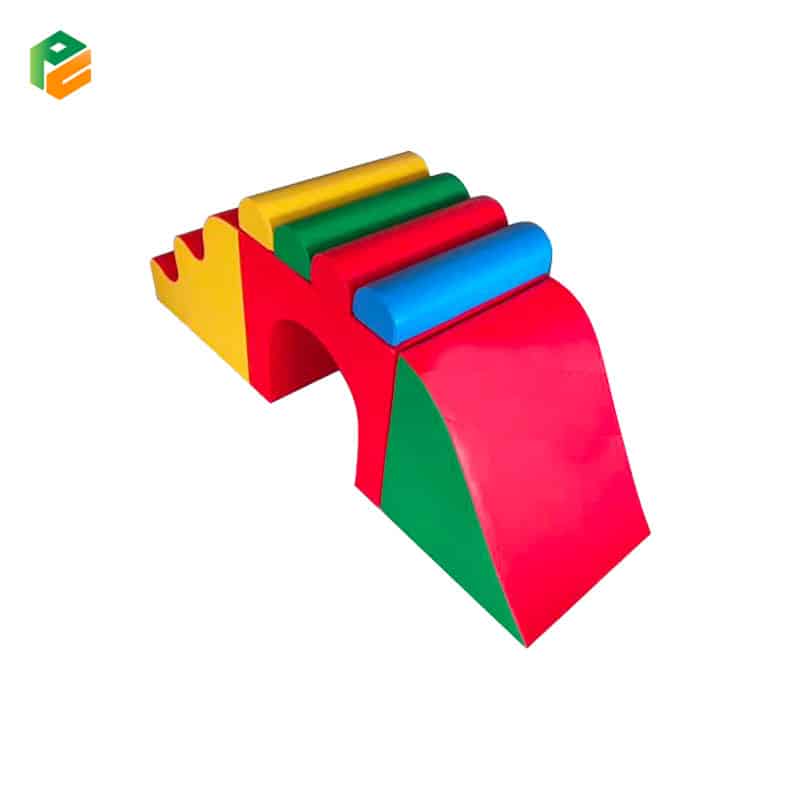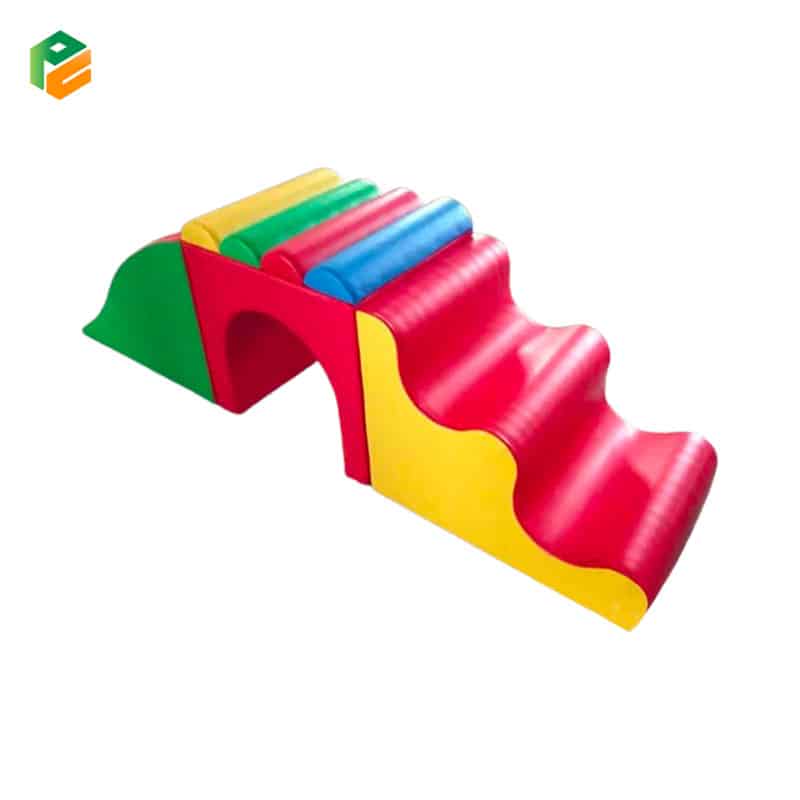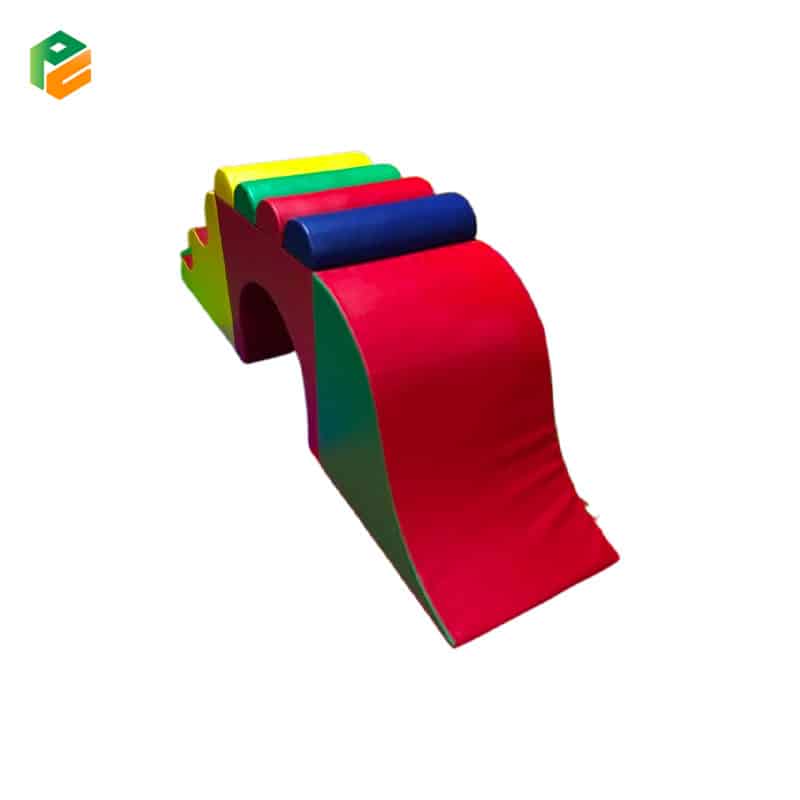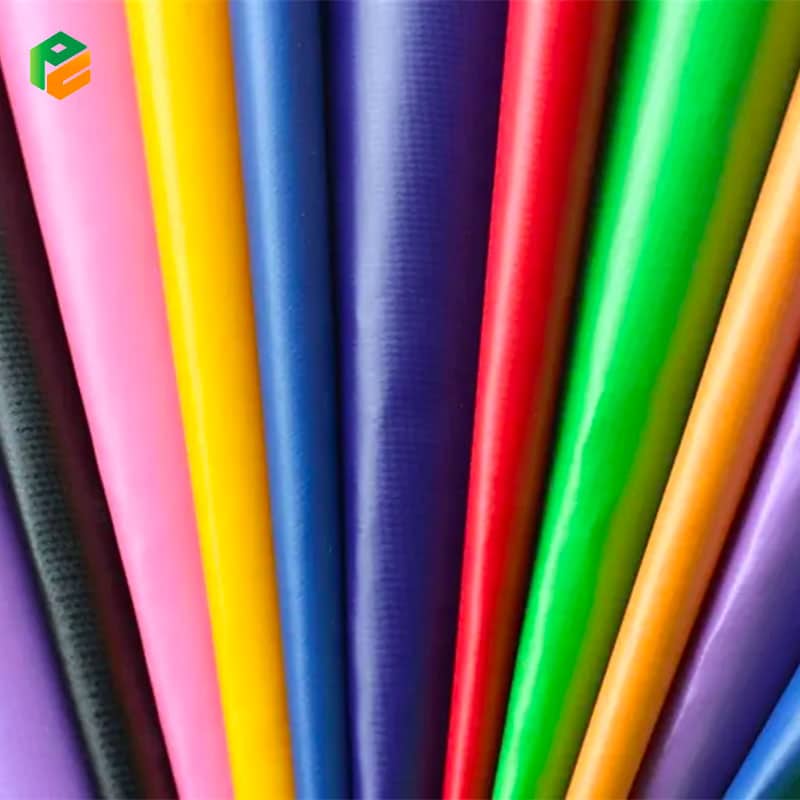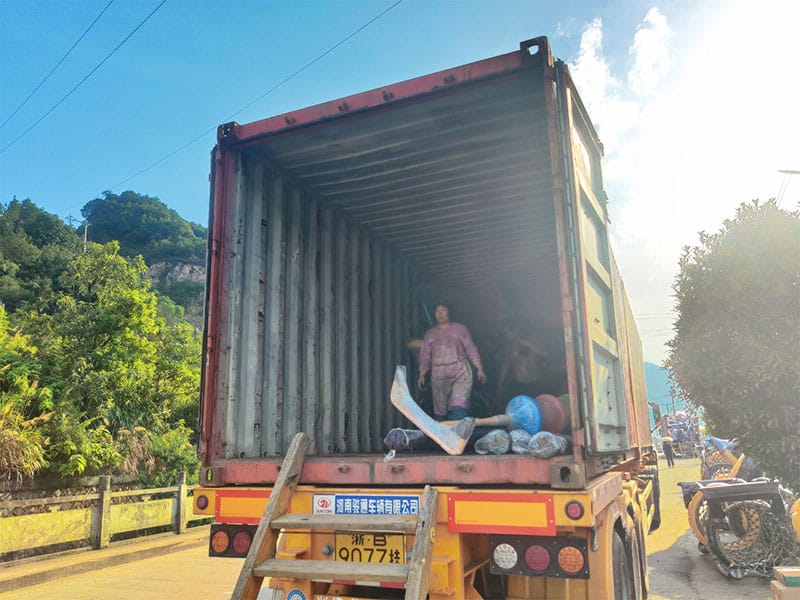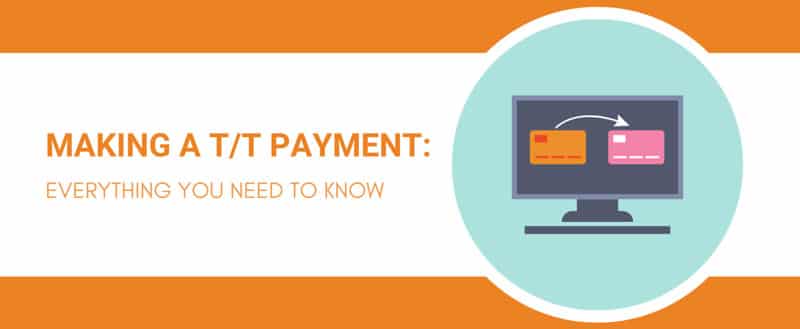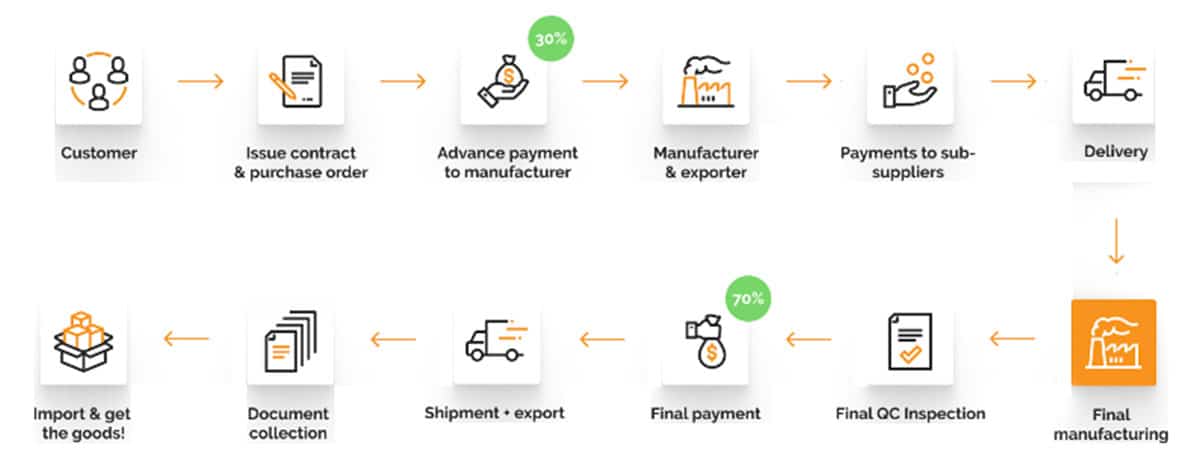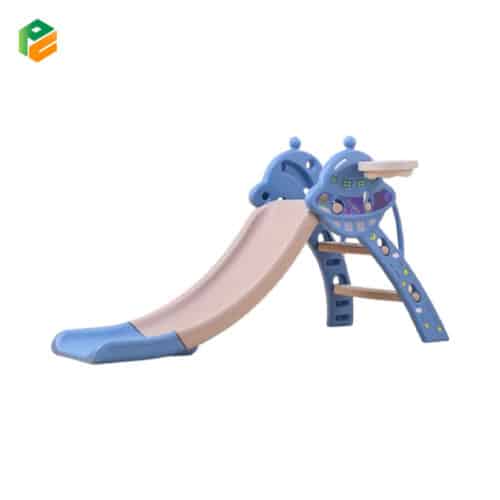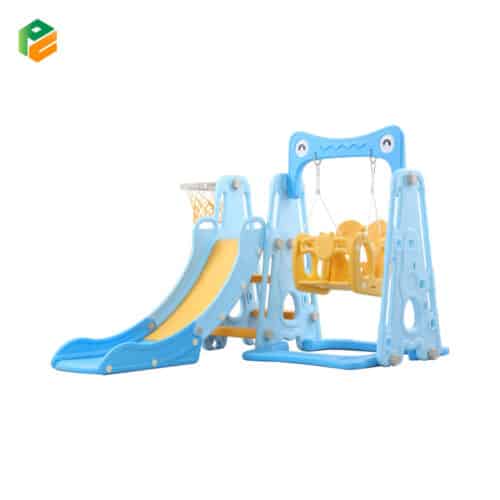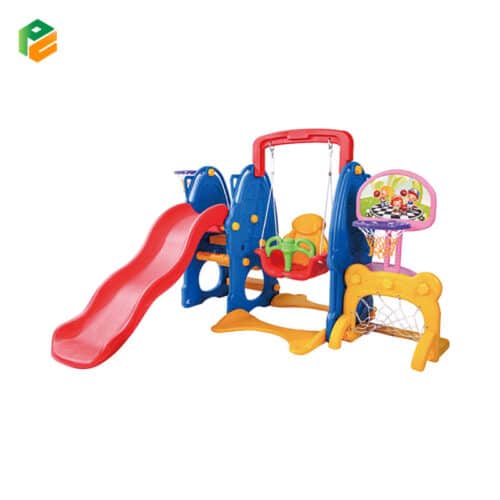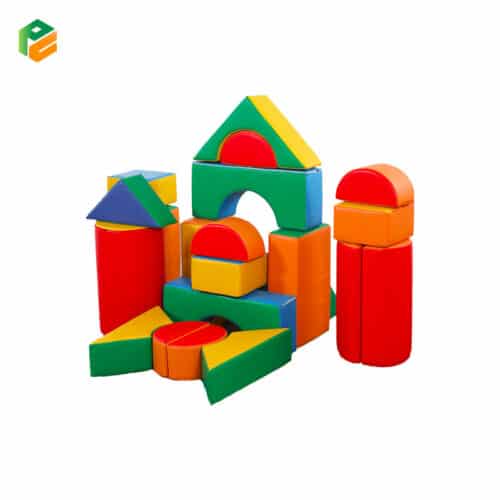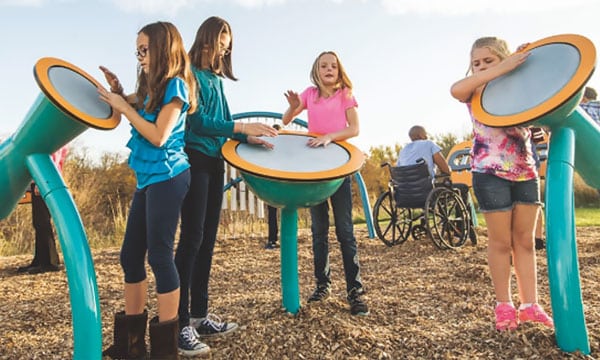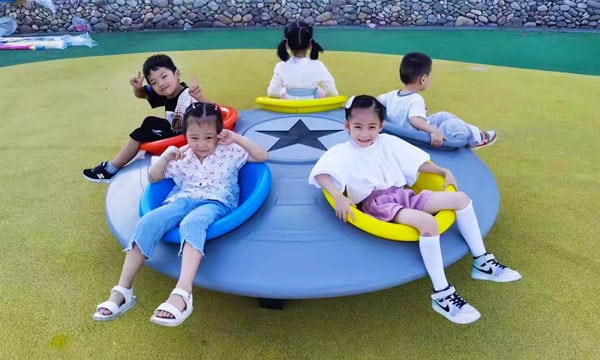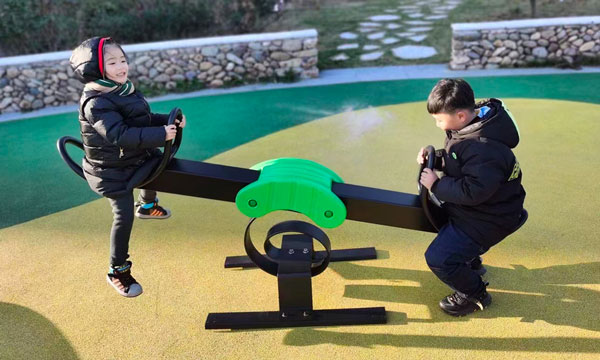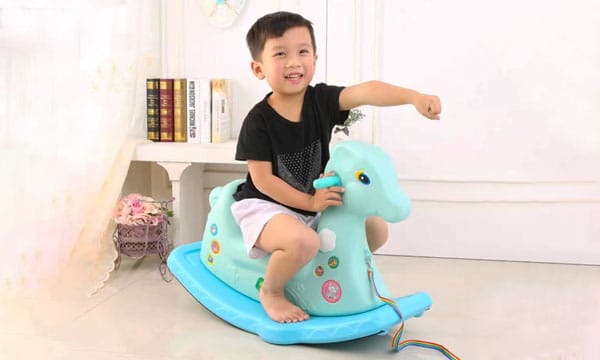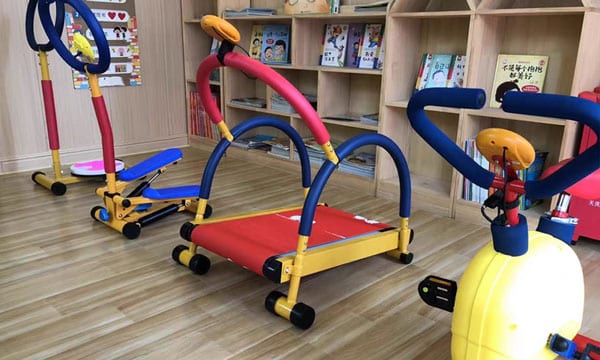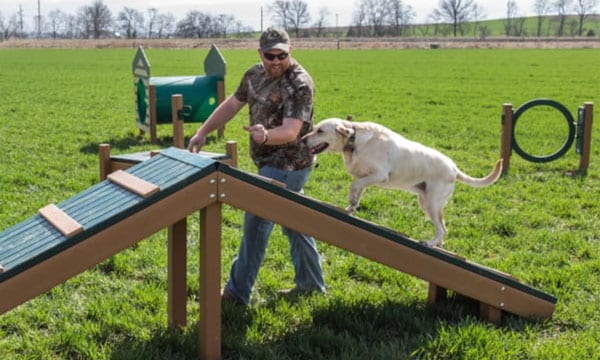
BENIFITS OF FOAM BLOCK BUILDING
Kids Indoor Soft Play equipment creates a safe, exciting, and engaging space for children to explore, play, and develop. Designed with soft, padded, and durable materials, these vibrant play structures include ball pits, slides, climbing walls, tunnels, foam blocks, and obstacle courses, encouraging physical activity, creativity, and teamwork.
Perfect for indoor playgrounds, family entertainment centers, schools, and daycare facilities, soft play equipment helps children develop essential motor skills, coordination, and balance in a secure environment. These systems can be customized to fit various themes, sizes, and age groups, from toddlers to older kids, making them versatile for any space.
Crafted from high-quality, non-toxic, and easy-to-maintain materials, they offer a long-lasting, practical, and safe solution for active and imaginative play. Kids Indoor Soft Play is the ideal choice for fostering fun, learning, and social interaction in any indoor setting.
Motor Mastery
Active play strengthens your baby's large muscle groups. It enhances balance and coordination as little ones climb, crawl, and slide, building confidence and body awareness.
Social Skills
Playing with friends is key for cognitive and emotional growth. Early social interactions foster language, creativity, and empathy, allowing kids to practice taking turns and collaborating.
Fine Tuning
Toddlers are natural builders! The set promotes motor skills through sorting and stacking. Lightweight foam pieces are easy for them to handle, enhancing grip and dexterity.
Critical Thinking
Building with blocks expands vocabularies as kids describe colors, shapes, and sizes. It encourages them to think critically about next steps, making every climb a challenge!


